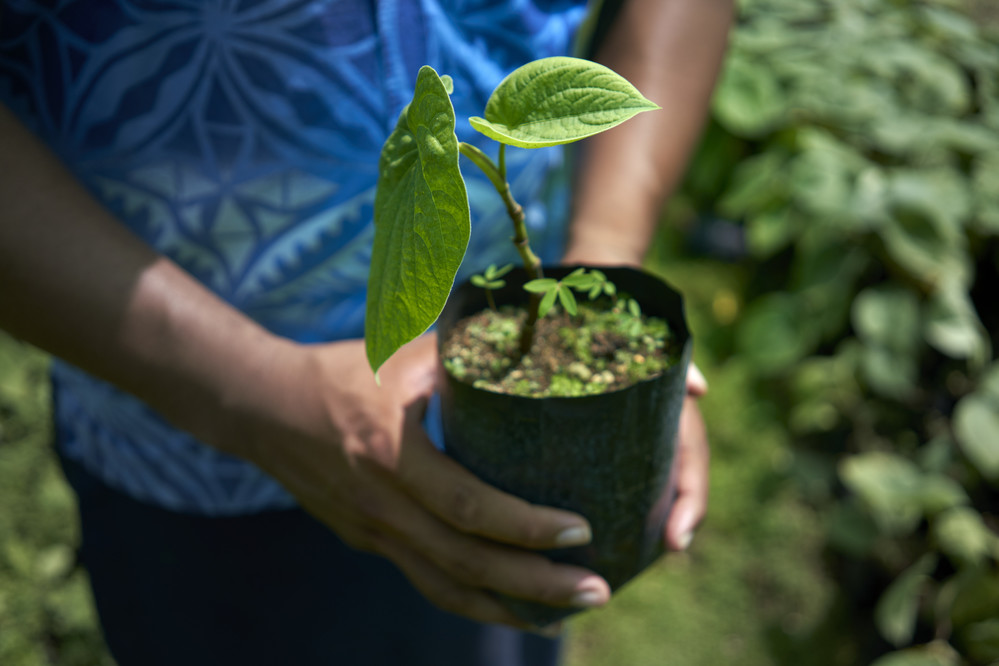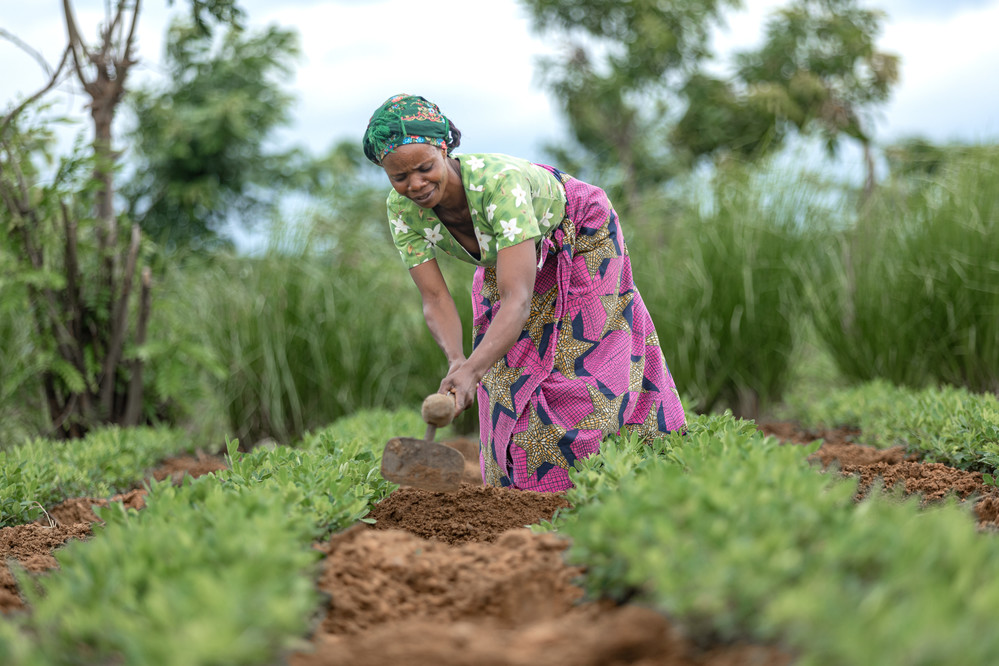Smaller enterprises in the agriculture sector have long struggled to access adequate and timely capital for their business activities, despite their critical role in moving food from farm to fork. The development finance sector has increasingly focused on such enterprises, launching various funds and initiatives to bridge the estimated US$ 74.5 billion annual financing gap they face across Sub-Saharan Africa. While practical experience has advanced significantly in recent years, some questions still linger in the minds of agri-finance practitioners.
How can investors sustainably invest in the smaller ticket sizes that are most needed by agricultural businesses in emerging markets, despite the unfavourable risk/return ratios? Are donor funds attracting or crowding out private investments into SMEs in agriculture? How can local banks offer more loans to agripreneurs in local currency? Will financial incentives change investor behaviour in the long term? The Smallholder and Agri-SME Finance and Investment Network and the Marketlinks initiative of the U.S. Agency for International Development (USAID) are kicking off 2024 with a webinar series that dives deeply into the crux of these questions, highlighting diverse approaches and perspectives from agri-SME finance practitioners, from fund managers and commercial banks in sub-Saharan Africa, to donors backing large-scale agricultural SME funds.
Who is this series for?
- Investors targeting agricultural enterprises in sub-Saharan Africa
- Donors and philanthropic organizations active in the agriculture sector.
- Commercial bankers looking to scale their agriculture portfolios.
- Agripreneurs aiming to improve their investment readiness.
- Anyone interested in improving rural livelihoods and the development of sustainable agricultural value chains.
What will you learn?
- How to balance large-scale and small-scale offerings in agri-SME investment funds.
- How donors can effectively use public funds to crowd in private capital in the sector.
- Incentive structures available on the market for commercial banks lending to the missing middle.
- The perspectives of local lenders, donors and fund managers financing agricultural enterprises.
- The role agricultural enterprises play in economies and how they can effectively access more capital.
- The role that various institutions can play in addressing targeted challenges that effect systemic change.
When and where?
Please mark your calendars with the following dates from January to March 2024 to join this series of online events.
Join us in February 2024 to hear about the innovative ways investors are reducing the cost to lend to agricultural SMEs, and explore whether investments into smaller enterprises can generate more social returns than those made into larger agribusinesses. Read the session highlights.
In March 2024, representatives of donor countries will focus on the central questions—where is concessional capital best utilized? What are the best approaches to attract private financiers without disrupting existing agri-SME finance markets? Read the session highlights.
The third and final session of this series in April 2024 will highlight the use of financial incentives like guarantees and first loss facilities to encourage local financial institutions to lend to agripreneurs. Seasoned experts from the field to discuss when, how and how long incentives can be used to bridge the agri-SME finance gap in sub-Saharan Africa. Register here.

